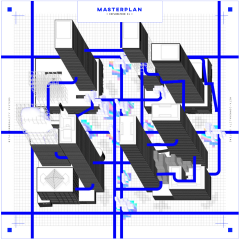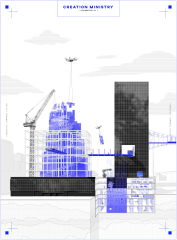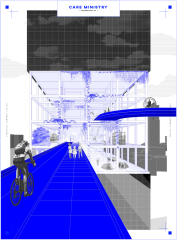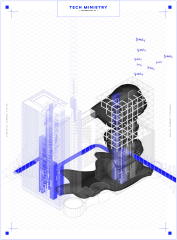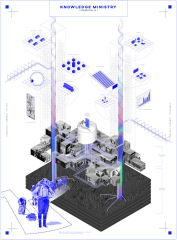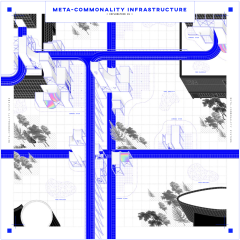Popular media, for the past decades, has been riddled with dystopian imaginaries of the future. Apocalyptic scenarios, the rise of inequalities, severe class separations have become a leitmotif of fiction. And to no surprise. Current narratives of reality are plagued by inequality, uncertainty, and fear of what is to come. The wage gap is on the rise, more and more people are living salary to salary without any fallback structure for unexpected circumstances. In the meanwhile, the one-percenters are continuing to break the records of accumulated wealth seemingly every year. Capitalism has enabled this disproportionate distribution of wealth. And no matter how loud the voices of the majority are crying for help and shouting for change, the disparity continues. As Nick Srnicek and Alex Williams have written: “Neoliberalism has held sway for decades, and social democracy exists largely as an object of nostalgia. As crises gather force and speed, politics withers and retreats. In this paralysis of the political imaginary, the future has been cancelled.”(Srnicek, N., Williams, A., 2015)
Furthermore, capitalism has alienated those voices and reduced their ability to find common grounds. So it really is not surprising that the imaginations of alternatives and better futures have been forgotten. Complexity has made the picture of today and even more the future foggy and unclear, capitalism and neoliberalism have disabled the collective imagination of the many, and urgency narratives, such as anthropocene and capitalocene, have populated our thoughts. Could we tackle these issues and resume the radical imaginations of the future? I would argue that we have to because otherwise, the other option is to remain in the dystopian imaginaries of uncertain futures. And thus, the three aforementioned issues are the core motivations for this project.
Notes
1 Folk-political actions are generally reactionary in nature, possessing qualities of temporal immediacy, preferring small-scale over structured approaches, usually incapable of achieving significant change.
References
Srnicek, N. & Williams, A. (2015). Inventing the Future. Postcapitalism and a World Without Work. Verso.

